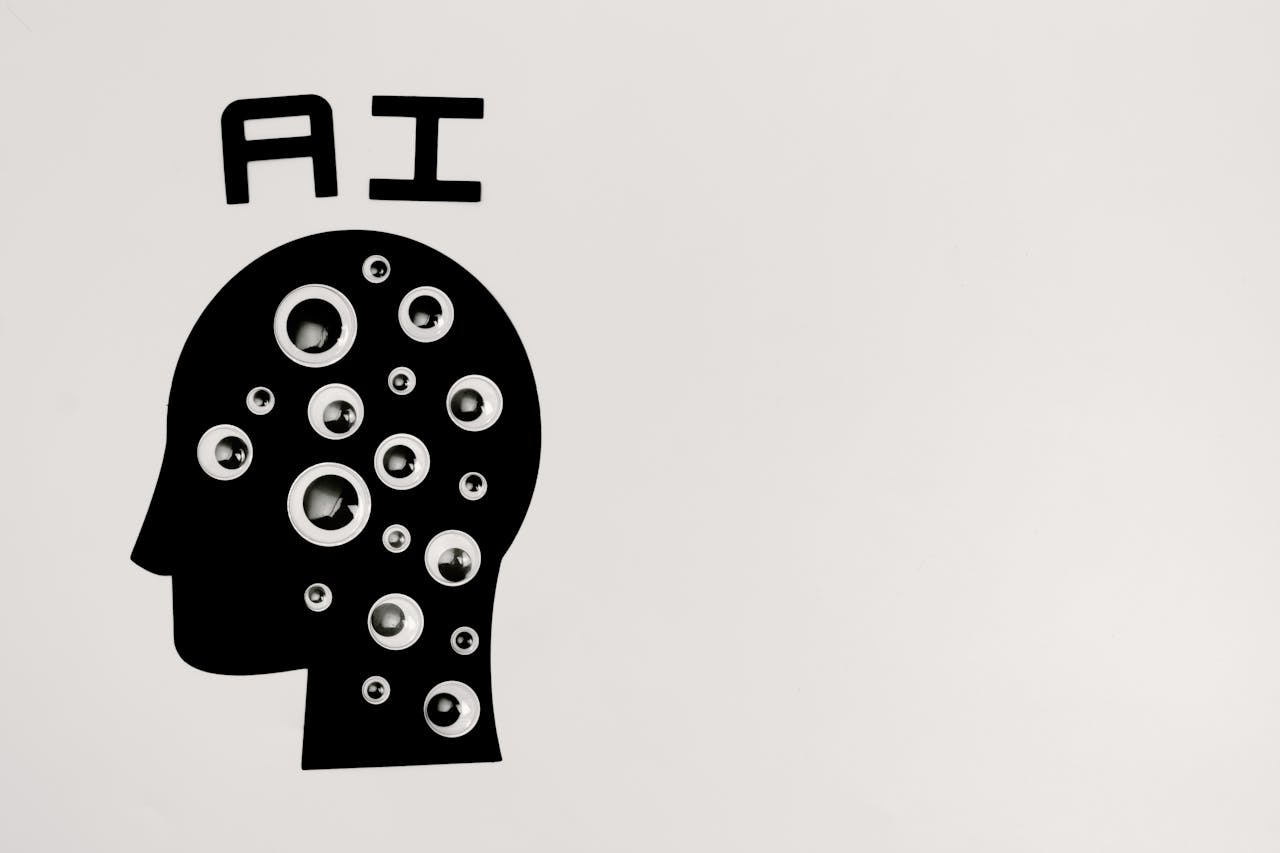The AI ‘Traffic Light’ System is an innovative approach based on artificial intelligence that enhances the performance of operators in call centers.
Using visual signals and real-time data analysis, this system provides operators with immediate feedback on customer conversations, allowing them to adjust their approach and improve the customer experience.
What is an AI ‘Traffic Light’ System?
The AI ‘Traffic Light’ System uses traffic light colors—green, yellow, and red—to indicate the status of operations within a call center. Each color represents a different level of performance or necessary attention:
- Green: this indicates that operations are running smoothly, wait times are short, and operators can handle the call volume.
- Yellow: signals that there are initial issues, such as increasing wait times or a queue of calls building up. It requires attention and potential intervention to prevent further deterioration.
- Red: indicates that the system is overloaded, with excessive wait times and a high number of unanswered calls. Immediate action is necessary to bring the situation back under control.
This method allows supervisors to have an immediate overview of operational status, facilitating quick and targeted interventions to improve service quality and operational efficiency.
How Does the AI ‘Traffic Light’ System Work in Call Centers?
In the context of a call center, the AI ‘Traffic Light’ System analyzes interactions between the operator and the customer in real time. This analysis is based on a range of parameters, including the customer’s tone of voice, choice of words, speech speed, and conversation content. The artificial intelligence processes this information and determines the "color" of the call: green, yellow, or red.
When the conversation is smooth and the customer appears satisfied, the system signals green, indicating that no changes are needed in the operator’s approach.
If there are signs of tension or communication difficulties, the system switches to yellow, suggesting that the operator should pay more attention and perhaps revise their dialogue strategy.
Finally, red indicates that the situation is critical and requires immediate intervention to resolve issues and enhance the customer experience.
Practical Applications of the AI ‘Traffic Light’ System
The AI ‘Traffic Light’ System is generally integrated into call center software. These software tools can collect real-time data and statistics on various operational parameters, such as the number of calls in queue, average wait times, and the number of operators available.
Practical Example of Using the AI ‘Traffic Light’ System
Imagine a technical support call center managing a high volume of calls following the launch of a new product. During a call, the operator receives a yellow signal as the customer expresses concern about a malfunction.
Alerted to the potential problem, the operator uses active listening techniques to reassure the customer and provides detailed solutions, bringing the conversation to a green state. In this case, the system helps the operator recognize and manage a critical situation, improving customer satisfaction and preventing escalation.
In another scenario, an outbound call center uses the AI ‘Traffic Light’ System to monitor calls during a promotional campaign.
An operator receives a red signal during a call with a dissatisfied customer due to a delivery delay. Thanks to the system’s feedback, the operator understands that quick intervention is necessary to save the sale. By offering a special discount and ensuring expedited delivery, the operator turns a potential loss into a customer loyalty opportunity.
The Advantages of Call Center Software with an AI ‘Traffic Light’ System
Using an AI ‘Traffic Light’ System offers several significant advantages for call centers.
Firstly, it provides immediate feedback, allowing operators to respond promptly to customer needs. This is crucial for resolving issues before they escalate into dissatisfaction or complaints.
The system also helps improve operators’ communication skills by offering suggestions on how to handle difficult conversations and enhance customer interaction. Additionally, real-time data analysis gives supervisors a clear view of the team’s overall performance and helps identify areas for improvement.
Another significant advantage is the ability to reduce operational stress. Operators who receive continuous and constructive feedback can better manage difficult situations and work in a calmer and more motivating environment. This not only improves service quality but also contributes to employee retention, reducing turnover and the costs associated with training new staff.

